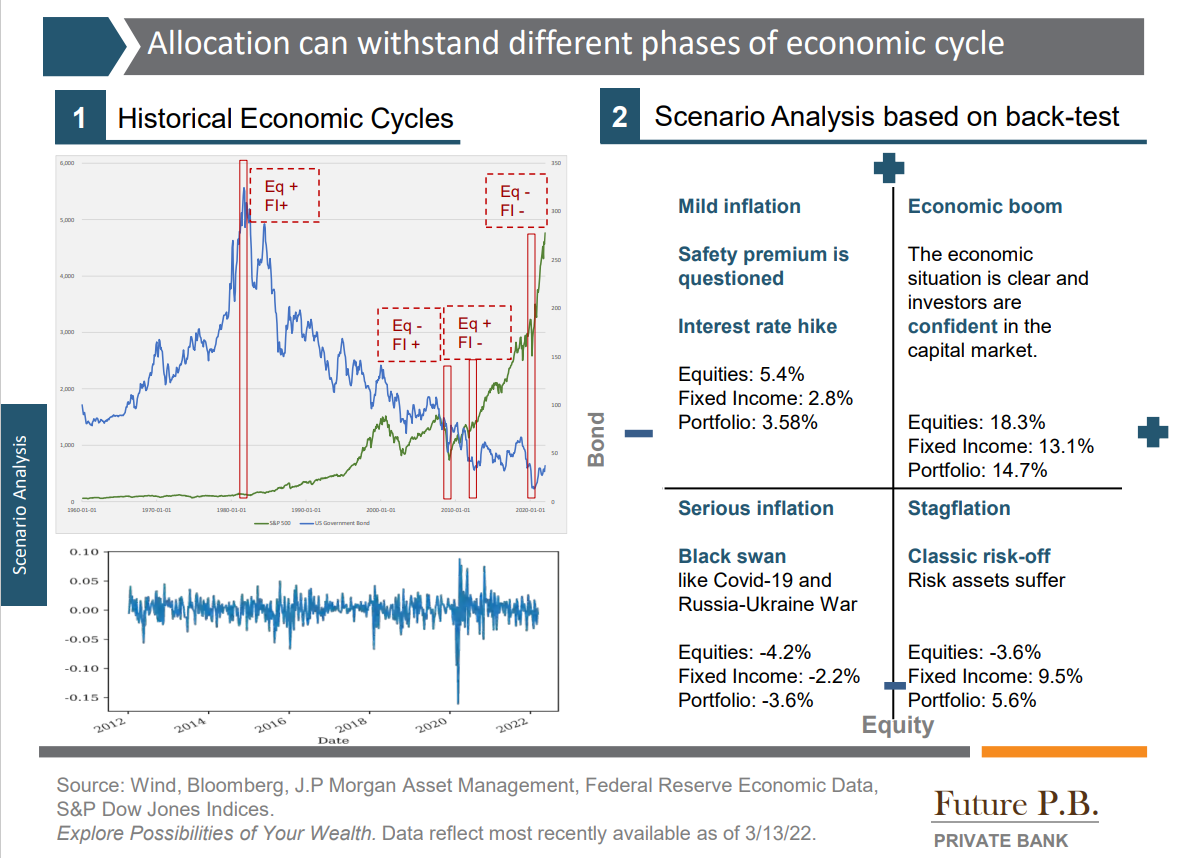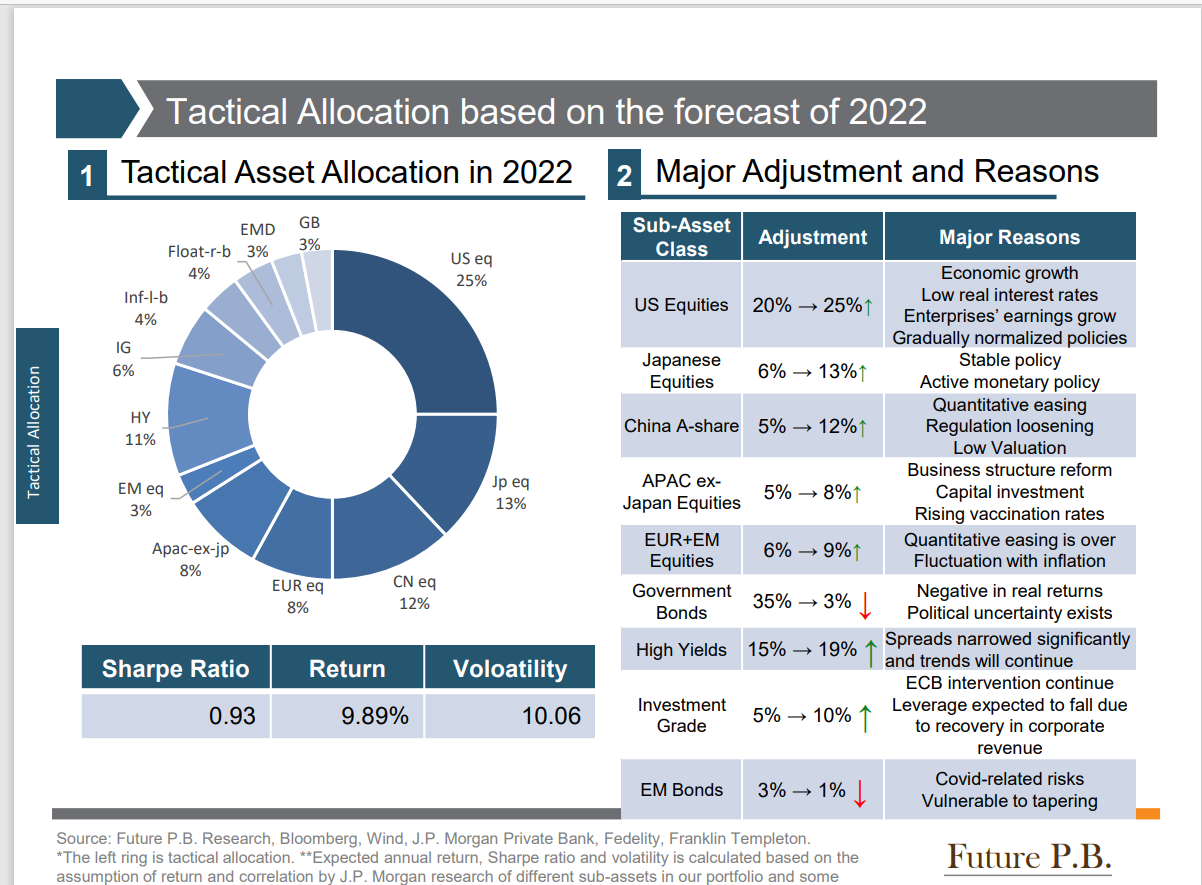1
2
3
4
5
6
7
8
9
10
11
12
13
14
15
16
17
18
19
20
21
22
23
24
25
26
27
28
29
30
31
32
33
34
35
36
37
38
39
40
41
42
43
44
45
46
47
48
49
50
51
52
53
54
55
56
57
58
59
60
61
62
63
64
65
66
67
68
69
70
71
72
73
74
75
76
77
78
79
80
81
82
83
84
85
86
87
88
89
90
91
92
93
94
95
96
97
98
99
100
101
102
103
104
105
106
107
108
109
110
111
112
113
114
115
116
117
118
119
120
121
122
123
124
125
126
127
128
129
130
131
132
133
134
135
136
137
138
139
140
141
142
143
144
145
146
147
148
149
150
151
152
153
154
155
156
157
158
159
160
161
162
163
164
165
166
167
168
169
170
171
172
173
174
175
176
177
178
179
180
181
182
183
184
185
186
187
| import numpy as np
import pandas as pd
from jqdata import *
instruments_code_bank = get_industry_stocks('I64')[0:15]
prices_temp = pd.DataFrame()
start_date = '2020-01-01'
end_date = '2022-04-29'
for c in instruments_code_bank:
c_daily = get_price(c, start_date, end_date)
c_daily['code'] = c
prices_temp = pd.concat([prices_temp, c_daily])
prices_temp_code_close = prices_temp[['code', 'close']]
mode_num = np.argmax(np.bincount([len(i) for i in [prices_temp_code_close[prices_temp_code_close.code == c] for c in instruments_code_bank]]))
price_dict_all = dict(list(prices_temp_code_close.groupby('code')['close']))
price_dict = dict(filter(lambda x: len(x[1]) == mode_num, price_dict_all.items()))
instruments_code = list(price_dict.keys())
import matplotlib.pyplot as plt
import statsmodels.api as sm
import seaborn as sns
def get_pearson_r(price_dict):
n = len(price_dict)
keys = list(price_dict.keys())
r_matrix = np.ones((n, n))
for i in range(n):
stock1 = price_dict[keys[i]]
for j in range(i+1, n):
stock2 = price_dict[keys[j]]
r = stock1.corr(stock2)
r_matrix[i, j] = r
return r_matrix
def find_cointegrated_pairs(price_dict):
n = len(price_dict)
pvalue_matrix = np.ones((n, n))
keys = list(price_dict.keys())
mode_num = np.argmax(np.bincount([len(i) for i in list(price_dict.values())]))
pairs = []
for i in range(n):
stock1 = price_dict[keys[i]]
if len(stock1) != mode_num:
continue
for j in range(i+1, n):
stock2 = price_dict[keys[j]]
if len(stock2) != mode_num:
continue
result = sm.tsa.stattools.coint(stock1, stock2)
pvalue = result[1]
pvalue_matrix[i, j] = pvalue
if pvalue < 0.05:
pairs.append((keys[i], keys[j], pvalue))
return pvalue_matrix, pairs
pvalues, pairs = find_cointegrated_pairs(price_dict)
pairs_df = pd.DataFrame(pairs, index=range(0, len(pairs)), columns=list(['comp1', 'comp2', 'pvalue']))
pairs_df = pairs_df.sort_values(by='pvalue')
pairs_df
plt.rcParams['figure.figsize'] = [15, 8]
sns.heatmap(1-pvalues, xticklabels=instruments_code, yticklabels=instruments_code, cmap='RdYlGn_r', mask=(pvalues == 1))
company_choose = [pairs_df.iloc[0].comp1, pairs_df.iloc[0].comp2]
print(company_choose)
x = price_dict[company_choose[0]]
y = price_dict[company_choose[1]]
x = np.log(x)
X = sm.add_constant(x)
y = np.log(y)
result = (sm.OLS(y, X)).fit()
result.summary()
import matplotlib.pyplot as plt
p1 = get_price('000676.XSHE', start_date, end_date, fields='close')
st = np.log(y) - np.log(x) * 1.3584
fig, ax = plt.subplots(figsize=(8,6))
ax.plot(x, y, 'o', label="data")
ax.plot(x, result.fittedvalues, 'r', label="OLS")
ax.legend(loc='best')
open_num = 1.5
close_num = 0.5
position = 0
capital = 1000000
fee_rate = 0.0005
trade_log = []
for i in range(len(resid)):
if position == 0:
if resid[i] > mean + open_num * std:
position = -1
x_price = x[i] * (1 + fee_rate)
y_price = y[i] * (1 - fee_rate)
x_amount = capital / 2 / x_price
y_amount = capital / 2 / y_price
trade_log.append([i, 'Open', -1, x_price, y_price, x_amount, y_amount])
elif resid[i] < mean - open_num * std:
position = 1
x_price = x[i] * (1 - fee_rate)
y_price = y[i] * (1 + fee_rate)
x_amount = capital / 2 / x_price
y_amount = capital / 2 / y_price
trade_log.append([i, 'Open', 1, x_price, y_price, x_amount, y_amount])
elif position == -1:
if resid[i] < mean + close_num * std:
position = 0
x_price = x[i] * (1 - fee_rate)
y_price = y[i] * (1 + fee_rate)
trade_log.append([i, 'Close', 0, x_price, y_price])
elif position == 1:
if resid[i] > mean - close_num * std:
position = 0
x_price = x[i] * (1 + fee_rate)
y_price = y[i] * (1 - fee_rate)
trade_log.append([i, 'Close', 0, x_price, y_price])
trade_log = pd.DataFrame(trade_log, columns=['Date', 'Operation', 'Position', 'x Price', 'y Price', 'x Quantity', 'y Quantity'])
trade_log['Profit'] = 0
trade_log['Cumulative Profit'] = 0
for i in range(1, len(trade_log)):
if trade_log.loc[i, 'Operation'] == 'Close':
trade_log.loc[i, 'Profit'] = (trade_log.loc[i-1, 'x Price'] - trade_log.loc[i, 'x Price']) * trade_log.loc[i-1, 'x Quantity'] + (trade_log.loc[i, 'y Price'] - trade_log.loc[i-1, 'y Price']) * trade_log.loc[i-1, 'y Quantity']
trade_log.loc[i, 'Cumulative Profit'] = trade_log.loc[i-1, 'Cumulative Profit'] + trade_log.loc[i, 'Profit']
else:
trade_log.loc[i, 'Cumulative Profit'] = trade_log.loc[i-1, 'Cumulative Profit']
print(trade_log)
plt.plot(trade_log['Date'], trade_log['Cumulative Profit'])
plt.xlabel('Date')
plt.ylabel('Cumulative Return')
plt.title('Market Neutral Strategy')
plt.show()
|


